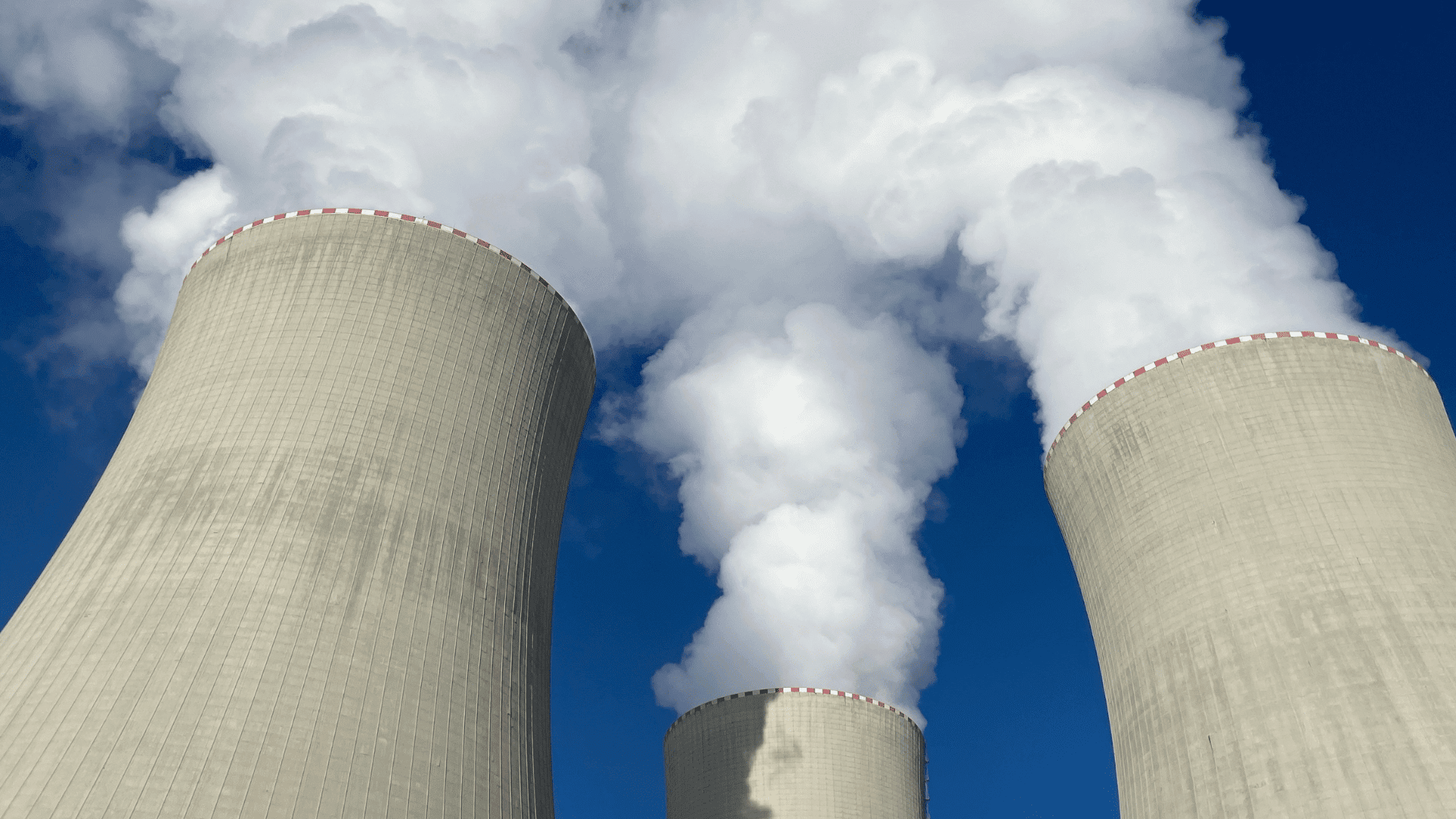Nuclear waste is considered one of the biggest downsides to nuclear energy. However, what if the super-radioactive leftovers from nuclear plants could be a key ingredient for clean energy?
It sounds like science fiction, but physicist Terence Tarnowsky from Los Alamos National Laboratory wants to make it a reality. His mission is to solve a huge roadblock in the quest for clean, limitless power from nuclear fusion.
Powering the Future of Clean Energy

Nuclear fusion is the process that powers the Sun, and it could be a game-changer for Earth. It uses two forms of hydrogen, one of which is a rare and pricey type called tritium. According to reports, a single pound of tritium costs about $15 million, and there’s barely any of it to go around. Researchers say the whole planet’s inventory is reportedly about 55 pounds, give or take 31 pounds, and that’s it.
“Making some assumptions, 55 pounds is enough tritium to power more than 500,000 homes for six months,” Tarnowsky said. This is more than the residential units in Washington, D.C.”
Instead of trying to create tritium from scratch, Tarnowsky looked at a resource we have in abundance: nuclear waste. The U.S. has thousands of tons of it, just sitting in expensive storage facilities. His idea is to use this “waste” as a raw material.
The simplest explanation is that a particle accelerator kickstarts a reaction inside nuclear waste. This reaction then releases particles that ultimately produce tritium. It’s a much safer setup than the continuous chain reactions in a typical nuclear power plant because the accelerator allows you to essentially flip a switch to turn the process on or off.
Tarnowsky’s computer simulations are incredibly promising. His theoretical system could produce about 4.4 pounds of tritium per year, reportedly on par with the entire annual output from all reactors in Canada. Plus, it’s a much more efficient way to make the fuel for fusion, reportedly producing over 10 times more tritium than a fusion reactor would at the same power level.
Tarnowsky continues refining his models to determine the exact cost and safety measures. Ultimately, this isn’t just about making power; it’s about making a transition to clean energy easier and more affordable for everyone.
As he puts it, “Energy transitions are a costly business, and anytime you can make it easier, we should try.”







